Here is a test to tell you whether you will like this book or not: when I write ‘So, no one told you life was going to be this way…’, do you secretly clap your hands four times? If so, could you be any more excited to get your hands on it?
The excellent news is that, just like the show, Still Friends, which rabid fans would almost certainly buy whatever old rubbish was in it, is much, much better than it needed to be. It will appeal to anyone interested, not just in the six stars (seven if you include Marcel the monkey, which I most certainly do) but in how the extraordinary 24-episode-a-year studio system managed to churn out such quality at such a pace (answer: with extreme difficulty).
This is the ultimate deep dive, told in a breezy journalistic style. Well-known facts — it’s estimated that at one point 20 per cent of all haircuts given in New York were ‘the Rachel’ — are joined by plenty of new information. For example, when Ross’s ex-wife Carol got married to her girlfriend Susan, the episode wasn’t shown in the southern states, and the father of Jane Sibbert (the actress playing Carol) actually encouraged his Bible study group to send her hate mail — back when hate mail involved thinking about it, writing a letter, addressing it and physically taking it to the post office.
Just as mind-bogglingly, Jennifer Aniston was originally contracted to another network and couldn’t take on the role of Rachel. In response, NBC scheduled an entire run of film premieres against the show she was then in, in the hopes that it would collapse in the ratings, get cancelled and release her, which it promptly did.
The book is also good on how it did quite the whitewash job on New York, selling you on the idea that a city of 2,000 murders a year was in fact super-cosy and perfectly fine to send your middle-class offspring to live in. The characters rarely even lock their doors. That New York today is full of incredibly wealthy white people and practically inaccessible to everyone else may or may not have something to do with this.
How did they manage it? The show runners, David Crane and Marta Kauffman, were both in their thirties when Friends started. They stuffed the writers’ room with people in their early twenties, encouraged them to mine their own lives and worked them half to death. The descriptions of their collaboration, where sessions often continued through the night and every idea they spoke aloud was either embraced or ripped apart, are gripping and unnerving.
The book also explains why practically every single guest star complained later that the six main actors were rude and cold towards them, which always puzzled me. It seems much more obvious now that it was because the lives of the six became so insane so fast. The series was shown in 175 countries and dubbed into 40 languages. They went, overnight, and at a very young age, from being jobbing actors to the focal point of western culture. Coming to work became the only place they could be their own private selves, with each other. Their reserves of ‘being friendly to strangers’ energy were used up every second of the rest of every day.
Another thing that puzzles fans — especially since you can now binge entire series, and can watch his painful inflating and deflating countenance in real time — was why Matthew Perry didn’t receive better help with his obvious problems of addiction. In fact, through some very difficult trial-and-error and a lot of rehab, the producers figured out that the poor chap was much better when he had work to focus on.
There is also — finally — a full postmortem on the disastrous Rachel and Joey romance. Simply put, the writers had pulled off an incredible and unexpected coup with the Monica/Chandler storyline, which was never meant to be more than a punchline. Add to that the fact that every guest star brought in to partner with a Friend was universally loathed by the viewers — even Paul Rudd, for heaven’s sake, the world’s least obnoxious man — and they had very little wriggle-room.
It is a pleasing coda, however, that as the years have passed and the show is still being watched, it has come to be acknowledged that Joey, with his supportive attitude towards Rachel’s career, lack of jealousy and sweet, calm nature, would have been a much better partner than Ross. Viewers no longer mind it. Ross, on the other hand, gets creepier and less appropriate with every passing year.
This book is excellent on why Friends still appeals after all this time to young people. I am Generation Friends. I hosted a Friends costume party at the start of the second series; I grew up alongside them. But it has always been a mystery to me why young people still like it so much — with its ‘problematic’ themes, lack of non-white people in NYC, homophobia, absolute terror of fat and femininity and, of course, Revolting Ross. Saul Austerlitz’s answer is compelling:
Friends has found a new audience searching for an escape from the cycle of news alerts and Twitter threads. It is a place whose sturdiness stems from a belief in the idea of planning for a well-marked, easily achievable future that looked, in the second decade of the 21st century, increasingly remarkable.
It is sobering to think that, to my generation, Friends was a glossier, better-dressed, wittier version of our own moving-to-the-big-city lives. To young people today it is an unachievable fantasy, as far distant as Dynasty or Dallas ever were.
Got something to add? Join the discussion and comment below.
Get 10 issues for just $10
Subscribe to The Spectator Australia today for the next 10 magazine issues, plus full online access, for just $10.
You might disagree with half of it, but you’ll enjoy reading all of it. Try your first month for free, then just $2 a week for the remainder of your first year.

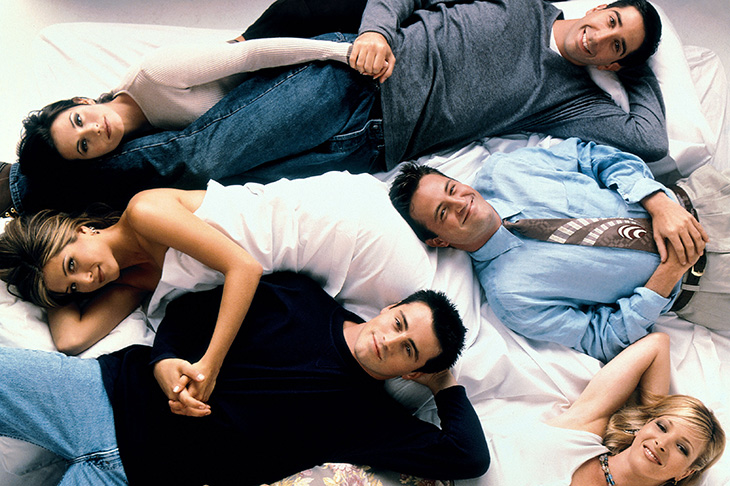
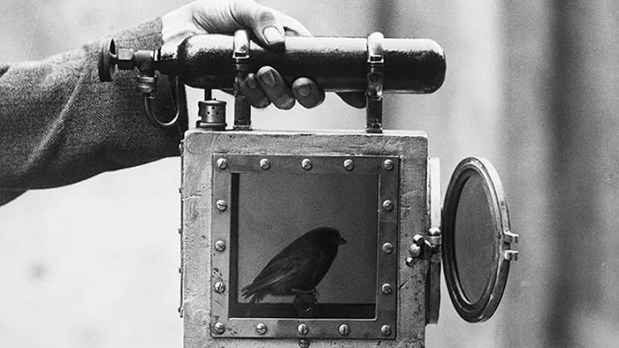
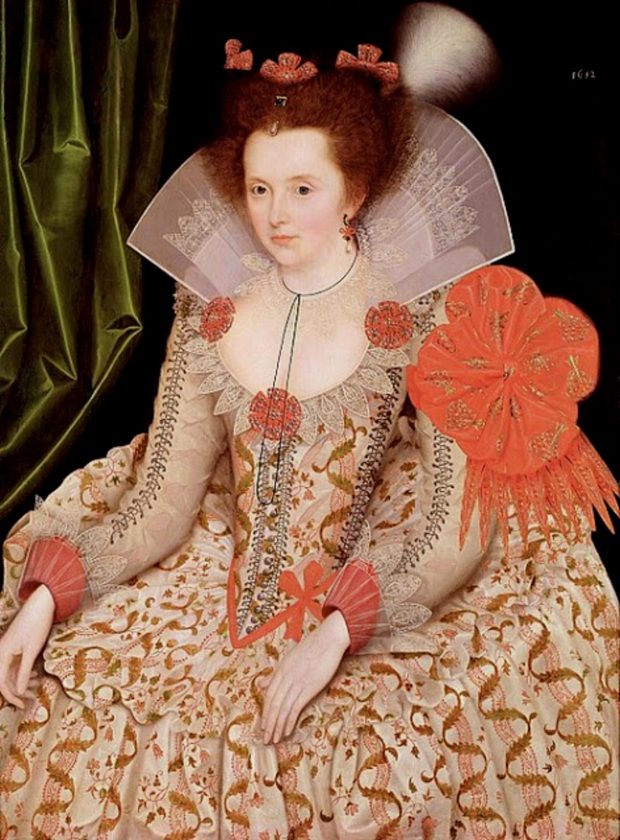
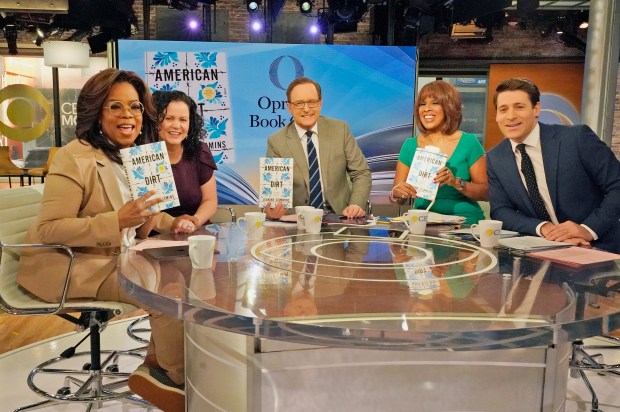
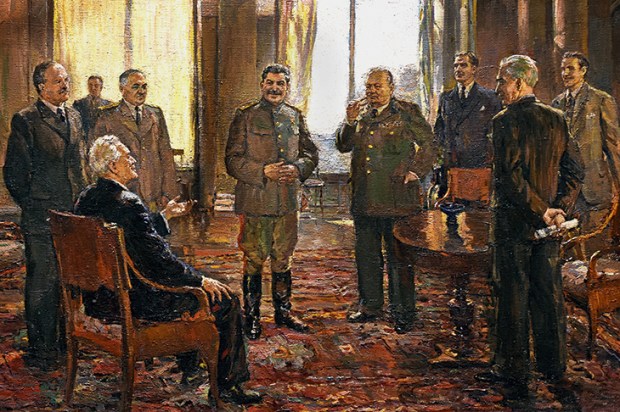
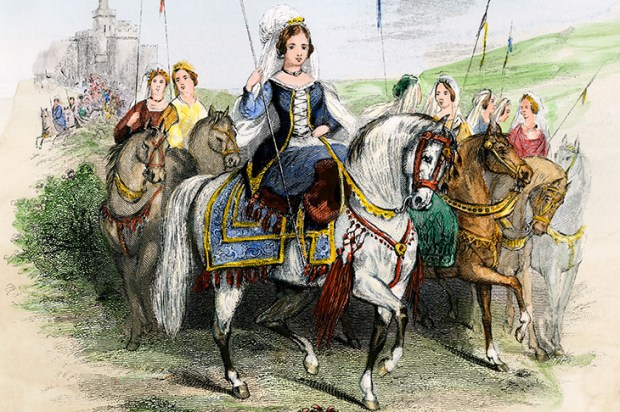







Comments
Don't miss out
Join the conversation with other Spectator Australia readers. Subscribe to leave a comment.
SUBSCRIBEAlready a subscriber? Log in